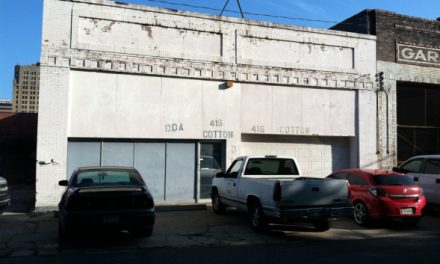 In 2012, the State of Louisiana hired a commercial real estate/property investment company named Jones Lang LaSalle to research the answer to a question that was becoming more and more important- the feasibility of consolidating state office buildings in Shreveport into one facility in downtown Shreveport.
In 2012, the State of Louisiana hired a commercial real estate/property investment company named Jones Lang LaSalle to research the answer to a question that was becoming more and more important- the feasibility of consolidating state office buildings in Shreveport into one facility in downtown Shreveport.
The answer seemed like it would be a no brainer. The state could continue to put try to fit a round peg into a square hole, putting taxpayer dollars into a building on Fairfield Avenue that would never completely fit their needs, and could continue to pay for leased properties all over the city and deal with the logistical issues of the state agencies housed there, or they could see if there was a better way.
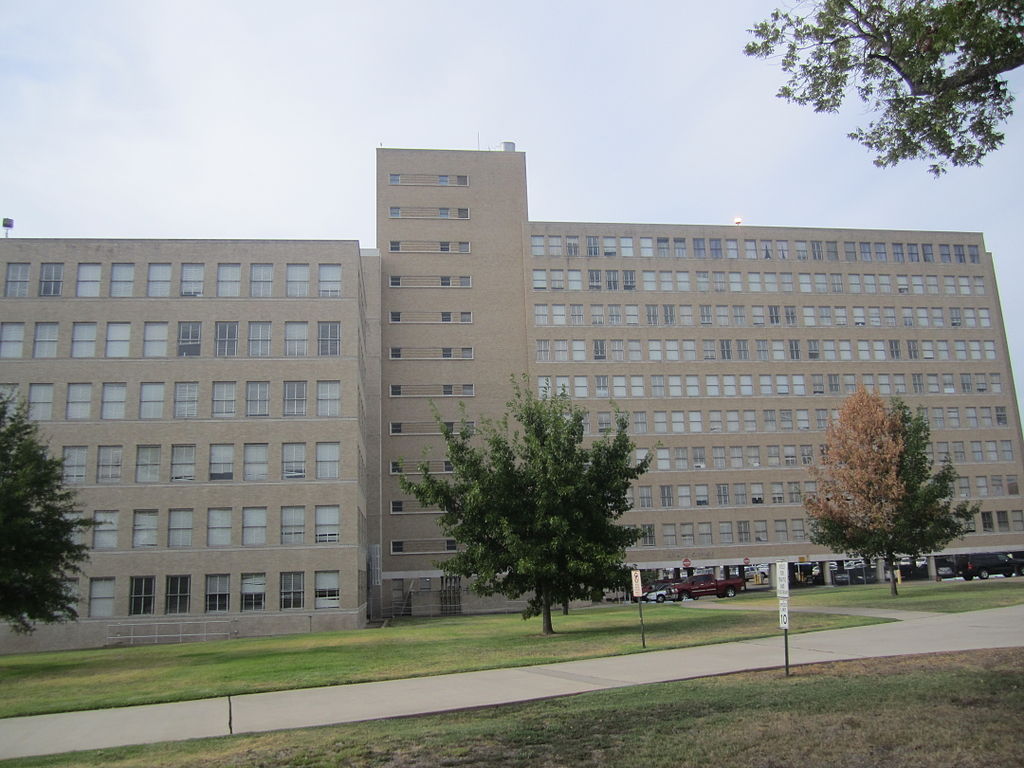
Mary Allen State Building, 1525 Fairfield Ave.
The Jones Lang LaSalle report considered several options: to stay put at the Mary Allen building on Fairfield, to build and own a 72,000 SF building, to build and own a 149,000 SF building, or to lease only. The report did what reports do- it compiled a lot of data, looked at the scenarios for each option and presented the findings, which showed- compellingly- why spending more money on the Allen building or leasing existing office space were the worst of the options presented. Building or building out new space was clearly the choice that met or exceeded all the categories.

Downtown Baton Rouge, replete with state office buildings.
In the 9 years since the report was completed, Baton Rouge has seen a flurry of state office construction in their downtown, which has helped lead to renewed interest by private developers in other buildings and increased the number of building rehabs and apartment conversions. The state also partnered with the city and parish to build an 8-story office building for IBM that also houses upscale apartments. The website for the apartments at 525 Lafayette touts it as ‘downtown’s most exciting address.’
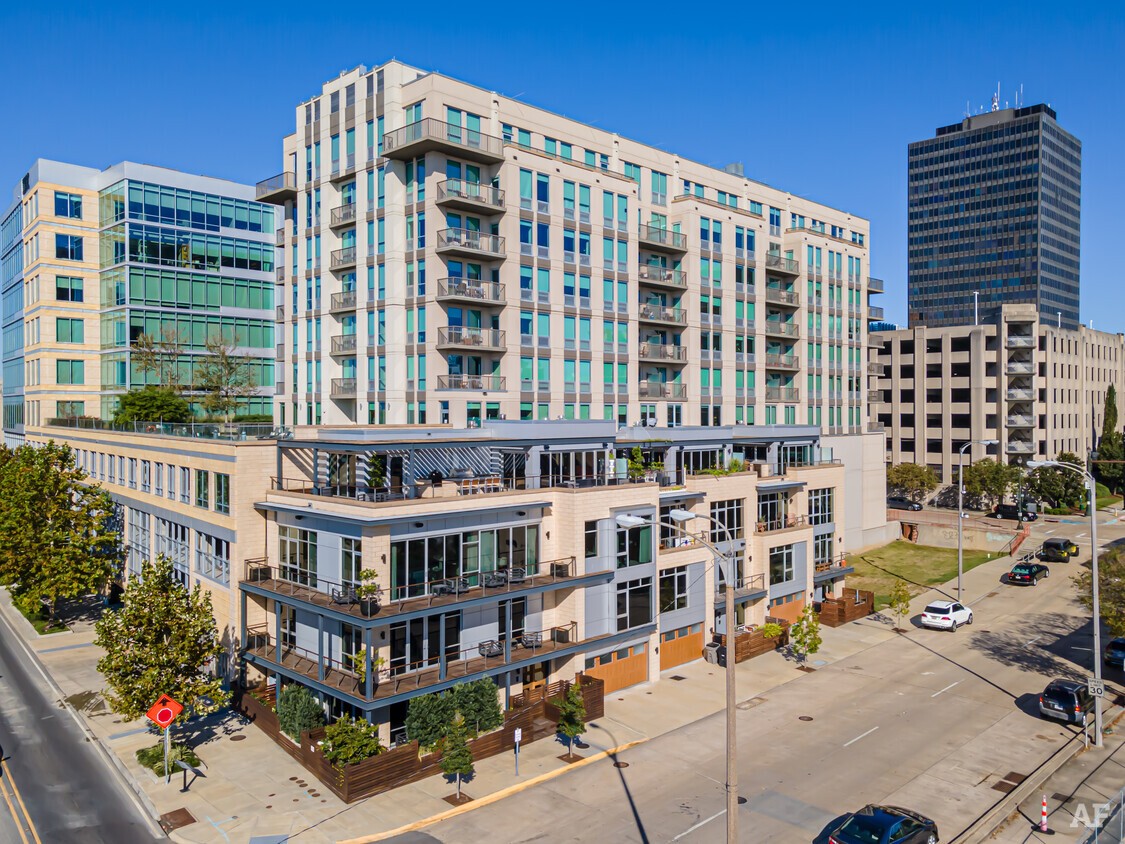
525 Lafayette, Baton Rouge
In the 9 years in Shreveport since the Jones Lang LaSalle report, there has been no downtown construction by the state and no real sustained movement on a state project downtown, until now. In 1996, Cedric Glover first went to Baton Rouge as a State Representative, serving under then- Governor Mike Foster. Glover got to spend a lot of time in downtown Baton Rouge, cooling his heels until the regularly scheduled 4 pm start for the Legislature. He remembers trying to find something-anything- to do to while away the hours. “I’m trying to put it nicely,” he tells me. “There just wasn’t a lot going on in downtown Baton Rouge.” Over the years, Glover was a first-hand witness to what well-planned state investment in downtown offices could do. He knew that it could help his district of downtown Shreveport, and the city as a whole. “Moving the state office to downtown Shreveport just makes sense. It did then and it does now.” When the 152,000SF former federal building at 500 Fannin Street, just across from the state-owned Second Circuit Court of Appeal, one block from Government Plaza and two blocks from the Caddo Courthouse came available, it made even more sense.
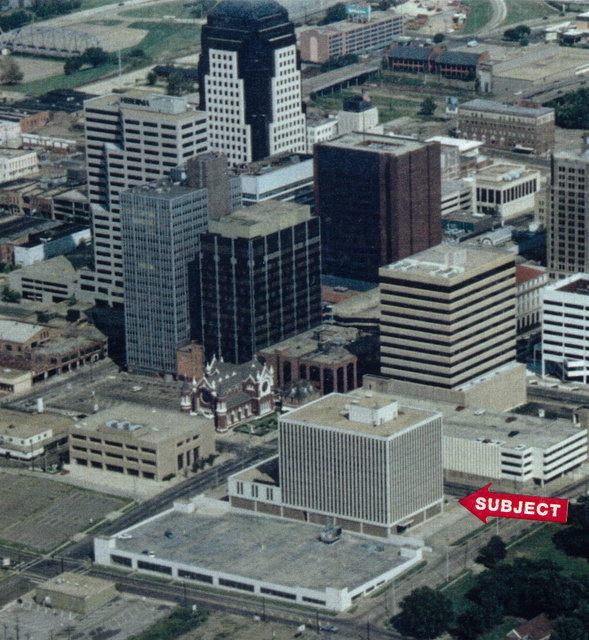
Arrow points to 500 Fannin St., across the street from the Second Circuit Court of Appeal.
The former Joe D. Waggonner Federal Building also made sense to the state Division of Administration and Office of Facility Planning. They saw added value in the building’s ‘good bones’, the great location, the attached parking garage. The numbers show that it can be a blank slate rehab that will work in a way the Mary Allen building never will, no matter how much money is invested there.
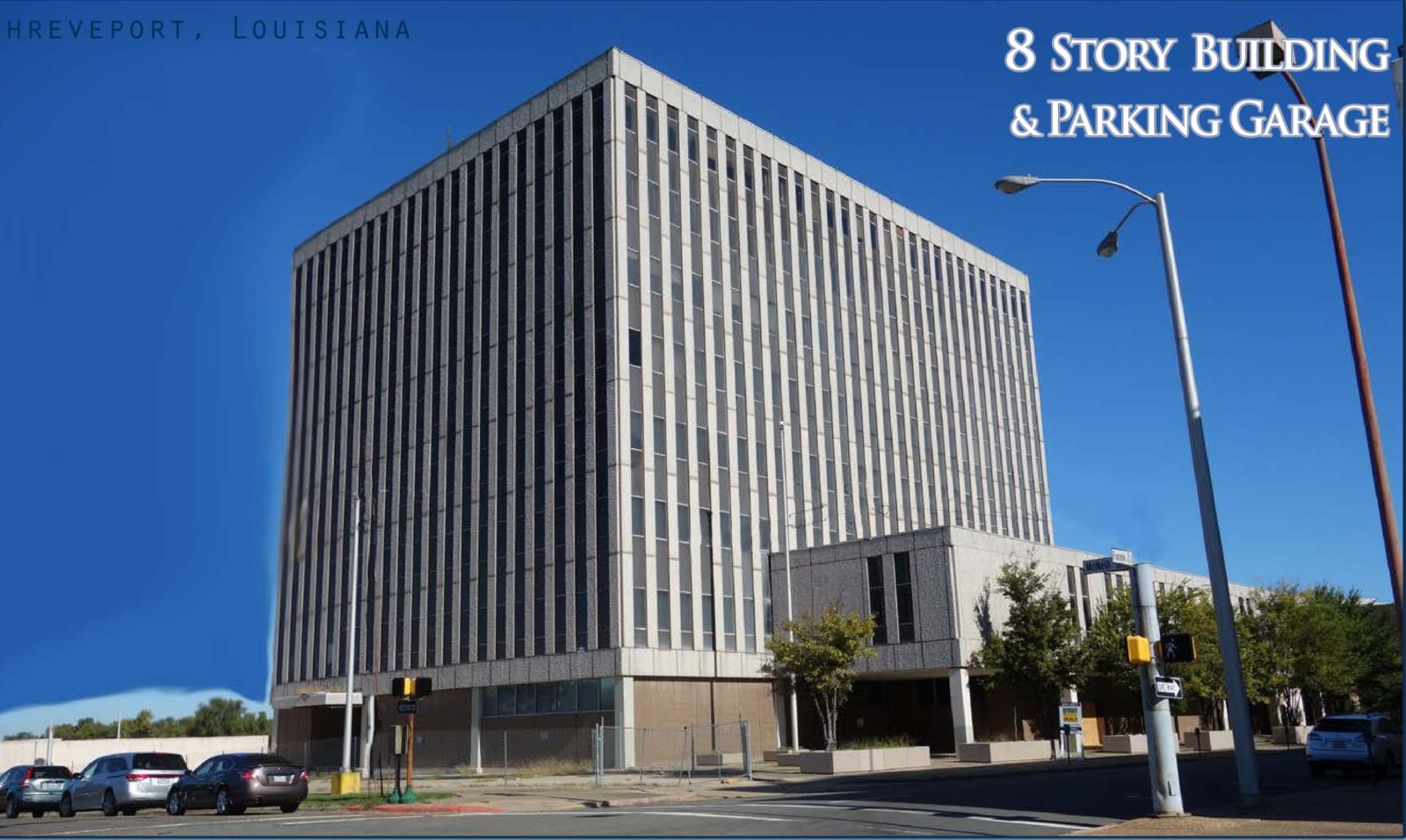
Former Joe D. Waggonner building, 500 Fannin St.
“The wins are so numerous,” says Glover. “It (state ownership and rehab) eliminates the blight of the Waggonner building, which is a gift from heaven. The state benefits from the proximity to the Second Circuit Court, and downtown benefits from a building filled with people and additional foot traffic in an area that needs it. Highland benefits by the state releasing a building that could have a higher and better use, that could bring more vibrancy to that neighborhood and infuse additional population there.”
Will Hurricane Ida and south Louisiana’s struggle to rebuild kill the opportunity? “It should not,” says Glover. “From what I am being told at this point, we should be able to move forward.” “We’ve been dealing with this for years. The iron is as hot as it’s ever been. We don’t need to fail to strike.”


